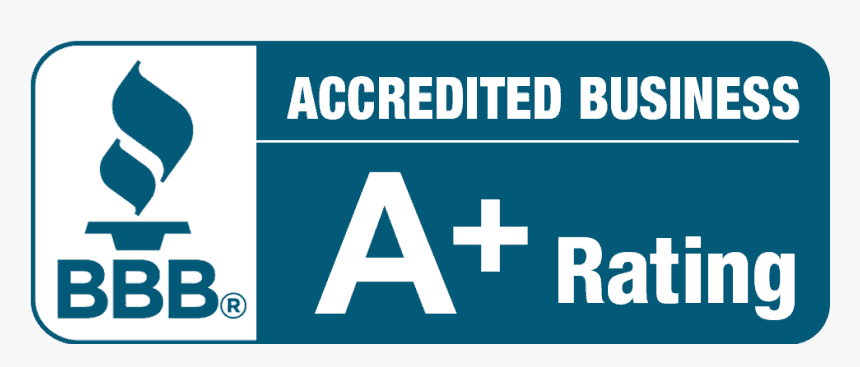How To Tie A Heaving Line Knot
Learning how to tie a heaving line knot is a handy skill when you’re out on the water. The heaving line knot family covers a range of knots that are designed to add extra weight to the end of a rope. Adding weight to the end of a rope is a particularly useful thing to know how to do, especially if you need to throw a line to someone!
The heaving line family of knots includes a variety of knots that simply add weight, and there’s more than one way of tying these knots. For this example, we’re covering the most common way of tying a Heaving Line Knot, but this isn’t the only way of tying it.
The Heaving Line Knot makes an appearance in the Ashley Book Of Knots (#538) and it’s described as a simple knot that makes a heavy heaving knot.
Uses
The heaving line knot is versatile and can be used for numerous tasks. Here are some of the most common uses.
Throwing Aid
Adding weight to the end of a line with a heaving line knot can serve a wide range of purposes.
- A heaving line knot makes a good knot to throw to someone who has fallen overboard
- It’s also handy for adding weight or toss a line over the limb of a tree or other support
Messenger Line
The heaving line knot can also be used at the end of a messenger line. A messenger line is a rope that’s often used as a pilot line for a hawser. This can be particularly useful for towing, or for pulling heavy ropes.
Storage
The heaving line knot is a good knot to use if you need to store your rope. By tying this knot, you can compress your line down into a tidy package that can be easily stowed away.
Adjustable Uses
Heaving Line Knots come in different sizes and there’s no right or wrong way to tie some of them. For our example, the actual number of turns taken is optional, and won’t directly affect the ability of the knot to do its job, however, if you want something heavier, simply add more turns.
How To Tie A Heaving Line Knot
For the best results, we recommend using plenty of rope, ideally with a decent diameter. If you’re unsure how much rope to use, try wrapping the working end around the standing end for a few turns to get an idea.
- Step One: Make sure you have enough rope to get started. This is an important step.
- Step Two: Loop your rope and make a bight that encloses the working end.
- Step Three: Wrap the working end around two strands of the bight, and then begin wrapping all three remaining strands.
- Step Four: Continue wrapping until you use up your remaining rope.
- Step Five: Finish the knot by passing the working end of the knot through the small loop at the bottom. Pull it through and the knot is done.
Tips and Considerations
The Heaving Line Knot is a simple knot but there are a few extra things you need to keep in mind before deploying it. Here are some important warnings, suggested variations, and suitable alternatives to the knot shown above. This should help you make sure you’re using the right knot for the job!
Safety
If you’re using a Heaving Line Knot for throwing rope, make sure you split your coil before throwing your line. Splitting the coil refers to dividing your coil of rope into two parts: a small coil to be thrown, and the remainder. This is a good idea because the throw section can payout as it’s thrown.
Hawser Attachment
Another warning is about attaching a Heaving Line to a hawser, or mooring line. In short: don’t do it. It’s a good idea to use another, smaller length of rope to act as an intermediary between your heaving line and the hawser. It allows your heaving line to be reused.
Variations
There are many different ways of tying a Heaving Line Knot. It can be tied with as few or as many turns as necessary to make the right weight or to expend the right amount of rope. Some sailors prefer to tie their knots leaving a larger loop at each end during the wrapping process. Once tied, pulling on either loop will shrink the loop at the other end, which can be a very handy attribute.
Alternatives
This knot is just one member of the Heaving Line Knot Family. One of the most popular alternative knots is the Monkey’s Fist. The Monkey’s Fist is a knot that resembles a ball, located on the end of a line. It’s a very decorative knot, and much harder to tie than the Heaving Line Knot mentioned here.
Some sailors might recommend placing a weighted object on the end of a line to make it travel further when thrown. We don’t recommend this because it can be dangerous. The last thing you want to catch is a heavy weighted object if you’ve fallen overboard!
The Bottom Line
The Heaving Line Knot is one of the more practical knots you can learn to tie on a boat. It has decorative function but can also aid in life saving, storage and more. Because it is a weighted knot it’s worth remembering that it needs to be used with caution when throwing, especially if the rope is wet and has taken on some water weight.
In terms of tying, the Heaving Line Knot is simple to get the hang of and it’s worth adding it to your skill set if you don’t already know it.
Categories: Nautical Knots













